Naval Forces of North Africa
Algeria
Riots and uprisings of past years passed Algeria, because of which he has the opportunity to develop his armed forces without losing time to suppress unrest. If the situation in the country remains calm, then over the next few years, the Algerian Navy will significantly increase its combat potential. So, at present, two frigates of the MEKO A200 and C28A projects, respectively, are being built at German and Chinese shipyards. These ships will be equipped with artillery, missile and torpedo armaments, thanks to which they will be able to perform a wide range of tasks typical of the military the fleet Algeria Also in the coming years, this country will receive one Italian universal landing ship of the type San Giorgio. In recent years, Algeria has repeatedly mentioned the possibility of ordering two corvettes of project 20382 Tiger of Russian production, Algeria, but the contract for their supply has not yet been signed, from which we can draw the appropriate conclusions.
The conclusions about the upcoming increase in the capabilities of the Algerian military fleet have obvious grounds in the form of a fairly old technology currently in use. The newest of the surface ships of the Algerian Navy are patrol boats of the Djebel Chenoua type, the third and last of which was commissioned about ten years ago. Nine other boats of the Kebir project were built on Algerian shipyards before 1993. The construction of larger ships for the Algerian industry is still a daunting task, because of which the country is forced to order similar equipment abroad. Back in the early eighties, Soviet shipbuilding delivered to Algeria three small rocket ships of the 1234 project and the same number of patrol vessels of the 1159 project. All these ships are still in service and, apparently, will serve at least until the end of the decade, until the Navy receives a sufficient amount of new technology. The list of combat surface ships of the Algerian Navy is closed by three landing ships of English and Polish production.
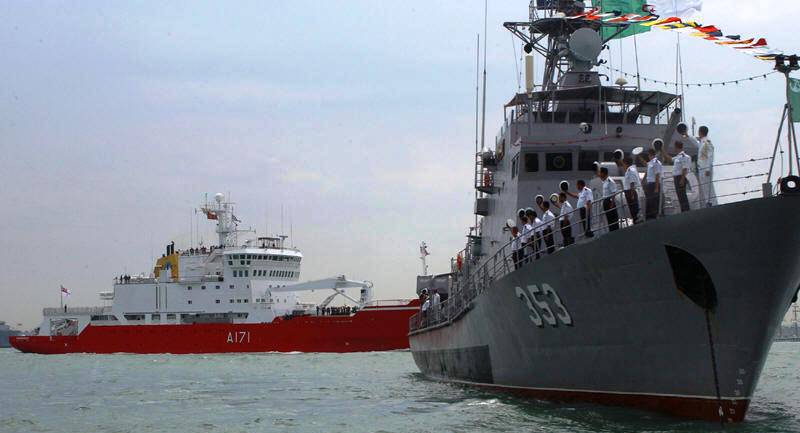
Algeria began a large-scale upgrade of its navy with a submarine fleet. So, back in 2010, the Admiralty Shipyards plant (St. Petersburg) delivered to the customer two diesel-electric submarines of the 636М project. Two more submarines of this type can be ordered soon. In the second half of the eighties, Algeria purchased from the Soviet Union two diesel-electric submarines of the previous 877 project. They are still in the ranks and perform the tasks assigned to them.
From the 2011 of the year, several search and rescue helicopters serve in the Algerian Navy. These are AgustaWestland AW101 (six units) and four AgustaWestland Super Lynx Mk.130. Last year, Algeria additionally ordered another six Mk.130 helicopters.
An interesting fact is that no more than 7000-7500 people serve in the Algerian naval forces, which is just over one percent of the total number of military personnel in the country. Such a small number of personnel is due to two reasons: the small size of the navy itself and the specifics of the distribution of units between the different types of troops.
Egypt
Despite the events of recent years, the Egyptian naval forces continue to be one of the most powerful fleets of the region. At the same time, the Egyptian Navy also has disadvantages. Thus, the entire submarine fleet of Egypt consists of only four submarines of the Soviet-made 633 project. Given the age of these diesel-electric submarines, it is not difficult to determine their combat potential. In the future, new submarines of the “Type 209” project, created in Germany, will come to replace the Soviet diesel-electric submarines. Currently, Cairo is negotiating on this topic and is still far from signing a contract.
Due to the change of power and subsequent political, social and economic problems, Egypt was forced to significantly reduce its plans for the renewal of naval forces. In the last years of the reign of H. Mubarak, several contracts were signed, according to which Egypt was to receive six rocket boats and one mother ship previously operated by Norway. In addition, Egypt ordered four Ambassador Mk III missile boats from the United States. Due to the economic situation, all contracts except the last one were canceled. The lead boat of the series is already undergoing tests and it will soon be commissioned. The order will obviously be completed in full.
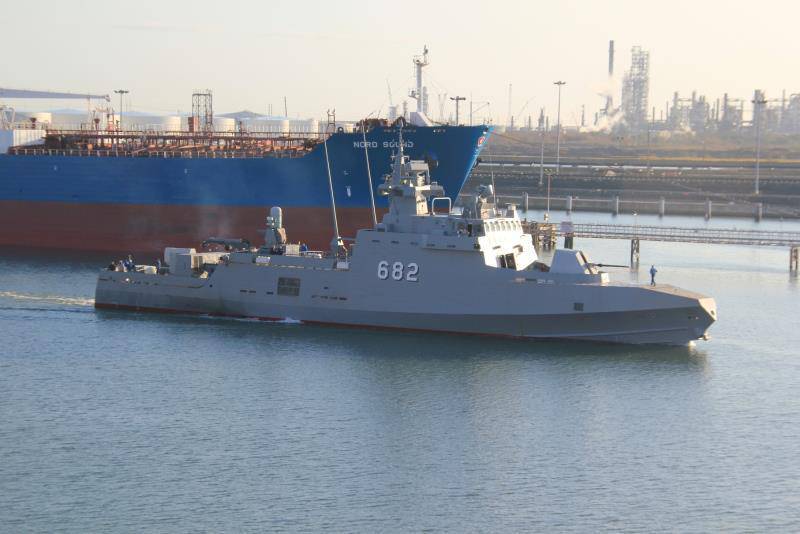
The basis of the Egyptian surface fleet is eight frigates of three different types. Over the past decades, Egypt has purchased from the United States two used ships of the Knox type and four Oliver Hazard Perry. In addition, China delivered two 053 Type frigates. All of these frigates have missile, torpedo and artillery weapons and can operate at a large distance from the bases. Similarly, the two Descubierta corvettes, bought from Spain, are also armed, but they differ in size, displacement and, as a result, in a number of tactical and technical characteristics. Also in the composition of the Egyptian Navy has a relatively large number of landing ships. These are three medium-sized ships of the Polish-made 770 project and nine small ships of the 106 project, acquired from the Soviet Union. The Egyptian Navy also has ten minesweepers of Soviet and American production and five training ships of various classes.
Remembering the experience of the conflicts of the past years, Egypt maintains the so-called fighting capacity in an effective state. mosquito fleet. Missile, torpedo and artillery boats are the most numerous types of equipment in the Egyptian naval forces. Egyptian sailors are still using nine Soviet-made 205 missile boats (four were bought directly from the USSR, the rest were re-exported by Montenegro), five “Type 148” Tiger boats purchased from Germany and six boats of their own built type Ramadan. Also in service remains a number of Soviet boats project 183Р and Chinese "Type 024". Egyptian missile boats use controlled anti-ship weapons of various types, but most of the missiles can be considered obsolete. The same can be said about a certain number (no more than six) of the torpedo boats of the 206 project, which were bought at one time from the Soviet Union. The prospects of four Chinese-made 062 Type artillery boats look equally dubious. Being armed only with small-caliber artillery and 81-mm recoilless gun, such boats can effectively withstand only light, unarmed and unprotected watercraft and therefore are suitable only for patrol service and preventing violations of maritime borders.
Egyptian naval forces do not have their own aviation, since all the relevant equipment is listed in the Air Force. For reconnaissance and target detection in the interests of the Air Force fleet, eight Grumman E-2C Hawkeye aircraft and six Beechcraft 1900C aircraft in a special configuration are used. Antisubmarine work is assigned to ten Kaman SH-2G Super Seasprite helicopters and five Westland Sea King helicopters. Nine Aérospatiale Gazelle vehicles are used for coastal reconnaissance. Also, if necessary, the Air Force allocate other types of equipment to the naval forces.
Precise data on the personnel of the Egyptian Navy are not available. According to various estimates, no more than 20-22 thousand people are currently serving on warships, auxiliary ships and coastal bases.
Libya
One of the largest countries in the Mediterranean region - Libya - now does not even think about updating the naval forces. The new government, which came to the place of M. Gaddafi’s administration, already has enough problems, which is why the construction or purchase of new ships, boats or ships will begin only in the future, if, of course, it starts at all. Nevertheless, updating the Navy is one of the main tasks for the new Libyan leadership. The fact is that as a result of international intervention, Libya lost a large number of marine equipment: the navy lost one frigate and several missile boats of various types.
After the civil war and intervention, the naval forces of Libya look like this. A large surface fleet is represented by only one patrol ship of the 1159 project. The second ship of this type was destroyed 20 May 2011, in the bay of Tripoli. On the same day, NATO planes sank a large rocket boat of the 1234 project. The second rocket boat went to the rebels and currently continues to serve in the Navy. Also during the war, all four 205 project missile boats available at that time and seven Combattante boats bought from Greece were destroyed. Of the nine exploited minesweepers of the 266ME project of the Soviet production, only two were able to survive the war. The only Libyan diesel-electric submarine of the 641 project has not been used for a long time and will soon be disposed of.
Before the start of the civil war, the Libyan Navy had a 24 helicopter of several types, including anti-submarine 12. During the conflict, almost all of this technique was destroyed at the airfields. The current state of naval aviation remains unknown.
Because of the civil war, the number of personnel of the Libyan Navy was significantly reduced. At present, according to different sources, only three thousand people serve on the remaining ships and bases. Such figures clearly indicate the prospects of this kind of troops.
Morocco
Compared to the other naval forces of the North African region, the Moroccan navy looks very good. This country has the opportunity not only to update its naval forces, timely restoring the potential of this kind of troops, but also to improve them. For this, purchases of new ships and boats are constantly being conducted, in their characteristics surpassing those available. Morocco is currently upgrading its missile boats, and is also awaiting the fulfillment of several of its orders.
In recent years, the official Rabat ordered the construction of several ships of various types abroad. So, before the end of the year it is planned to accept a frigate built by the French project FREMM into the Navy. It is worth noting that the FREMM in the version for Morocco is designed to perform antisubmarine missions and therefore will not carry anti-ship missiles. However, in this case, the new ship will have a beneficial effect on the condition of the entire fleet. Also in the coming years, France should hand over four OPV-70 patrol boats to Morocco, the first of which has already been incorporated into the fleet. Finally, the Moroccan leadership is currently planning to buy some diesel-electric submarines. Among the participants of the future tender may be the Russian-Italian project S1000.
The renovation of the Moroccan Navy began a few years ago, so new ships are already entering the service. In 2011 and 2012, the Netherlands handed over three SIGMA-type corvettes to the Moroccans. These ships are armed with artillery, torpedoes, as well as anti-aircraft and anti-ship missiles. The acquisition of such corvettes is considered an important milestone in the development of the Moroccan Navy. At the beginning of the two thousandths, two frigates of the type Floréal, built in France, began to serve in the fleet of Morocco. They have only artillery and anti-ship missiles, and can also carry one anti-submarine helicopter. The life span of the Spanish-made Descubierta is coming to an end: with the adoption of the ship Mohamed IV (type FREMM), it will be removed from the fleet and written off.
It is worth noting a rather numerous, although aging, fleet of patrol boats. Before the OPV-70 headboat was commissioned, the Moroccan navy had two dozen such ships. It is worth noting that in the late seventies, Rabat began to look for opportunities to buy new patrol boats, as a result, until the mid-nineties, new equipment was regularly added to the Navy. The supply gap began only in the 1997 year and has now ceased. An interesting fact is that the leadership of the Moroccan fleet did not “lock up” on the boats of one country. So, boats of five projects (not counting OPV-70) were built at the shipyards of Denmark, Spain and France.
The task of patrolling the coastal zone is assigned to several dozen light boats of various types, purchased abroad and produced independently. In case of landing on the coast of the enemy, the Moroccan navy has three amphibious ships BATRAL, bought from France in the late seventies. To perform auxiliary tasks, the fleet uses four ships of different types and several dozen light boats.
Morocco naval aviation is not numerous. It includes only the Eurocopter AS3 4-565 helicopter and a dozen and a half Britten-Norman Defender patrol aircraft. It is noteworthy that these aircraft formally serve in the air force, but are used solely in the interests of the naval forces.
Currently, more than 40 thousand people serve in the Navy of Morocco, of which one and a half thousand are registered as part of the marines. This significantly exceeds the number of personnel of the naval forces of some other states of North Africa, but it is not a record.
Tunisia
Of all the African countries with access to the Mediterranean Sea, Tunisia is one of the weakest in military and economic terms. Tunisian naval forces cannot boast of great combat power, but even in such a situation, fleet commanders manage to beat out funding for upgrading equipment. In the last days of the last 2012, Italy handed over to Tunisia the first two patrol boats P350 and four more will be built soon.
Nevertheless, the overall condition of the Tunisian Navy creates a dismal impression. A few years ago, all relatively large ships were written off, namely, a French-made corvette of the Le-Fougeux type and a former US frigate USS Savage. In this regard, the largest ships in the Tunisian Navy have become several types of missile boats. These are six Type-143 Albatros boats purchased from Germany, as well as three Combattante-III-M and P-48 Bizerte boats of French production. There are no more than five Chinese artillery boats Shanghai-II, six minesweepers like the Kondor-II, previously used in Germany, and one landing craft LCT-3, built in the United States.
Coastal waters patrols and other similar tasks are assigned to several dozen guard boats of several types. It is worth noting that with such a diversity of the fleet of vehicles, Tunisia, in contrast to Morocco, acquired all the boats abroad. As part of its naval forces there is not a single ship or boat built at their factories.
Tunisian Navy does not have its own aircraft. If necessary, support for seafarers and marines can provide air force. To assist the fleet, two Sikorsky HH-3 helicopters, a half dozen Sikorsky S-61 and one SNIAS AS-365N are used. According to some sources, all these machines can participate in both search and rescue and anti-submarine missions.
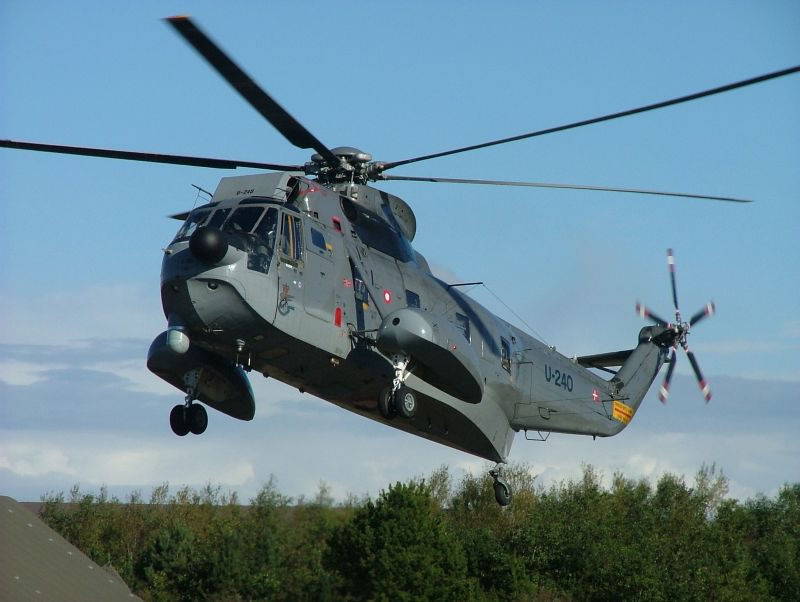
Despite the frankly poor equipment, in the Tunisian Navy serves about 40-45 thousand people, which exceeds the number of personnel of the naval forces of other countries in the region. For obvious reasons, most of these people serve on the shore and do not go to sea.
Correlation of forces
The naval forces of the countries of North Africa, located on the Mediterranean coast, are typical military fleets of small and poor countries. Of the five states examined, only Algeria and Morocco are actively developing their naval forces and increasing their combat potential. The rest of the countries, first of all, Tunisia and Libya, cannot afford this and therefore are forced to use only what they have and make plans for the future.
Due to their weakness, all the described naval forces cannot perform combat missions at a great distance from the bases. For this reason, the main task of the Navy of Algeria, Egypt, Libya, Morocco and Tunisia is still to patrol the coastal zone, search and arrest violators. In addition, at the beginning of a certain armed conflict, the naval forces are likely to take on the first blow of the enemy. In this case, the prospects of all the reviewed Navy, with some reservations, look the same. Thus, a full-scale collision with a fleet of equal strength will be unpredictable. None of these countries has a naval force capable of guaranteed to defeat the enemy. Regarding the intervention in the conflict of a third force, for example, of a European country or NATO armed forces, in this case the result will be sad for the African state.
Nevertheless, the five countries reviewed continue to renew and develop their naval forces to the best of their abilities and capabilities. As already mentioned, the situation in the region has ceased to be stable and this serves as an additional incentive for improving the armed forces in general and the navy in particular.
On the materials of the sites:
http://globalsecurity.org/
http://defense-update.com/
http://strategypage.com/
http://janes.com/
http://battleships-cruisers.co.uk/
http://armyrecognition.com/
http://meretmarine.com/
http://arms-expo.ru/
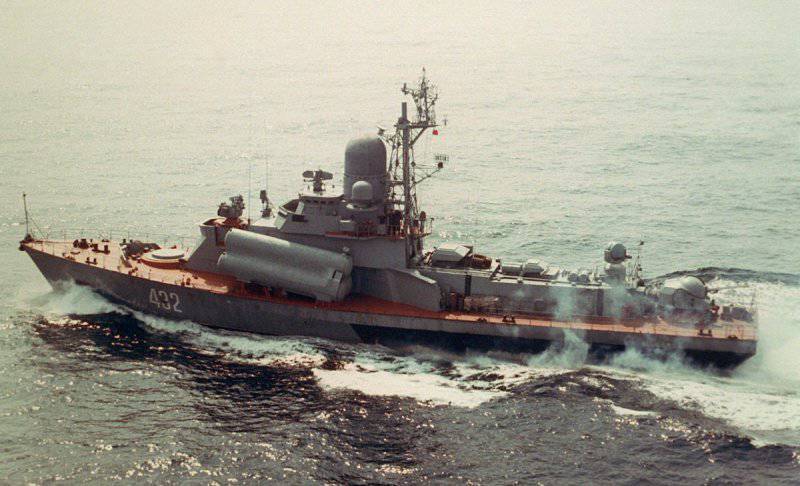

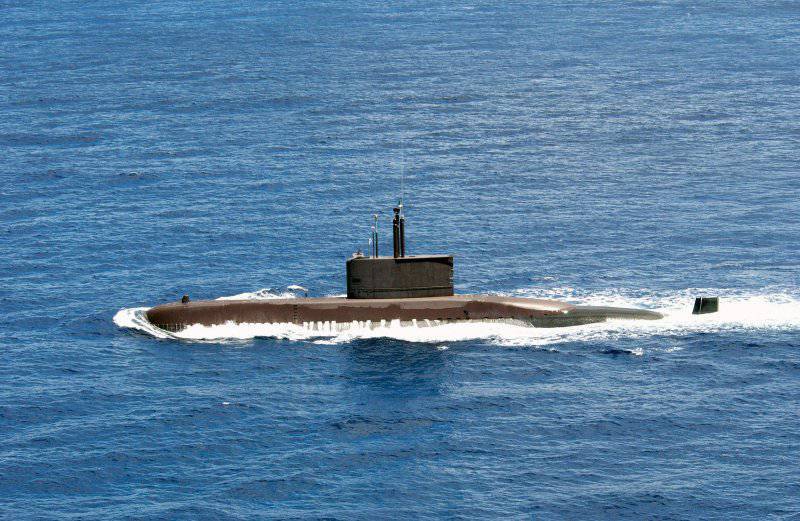
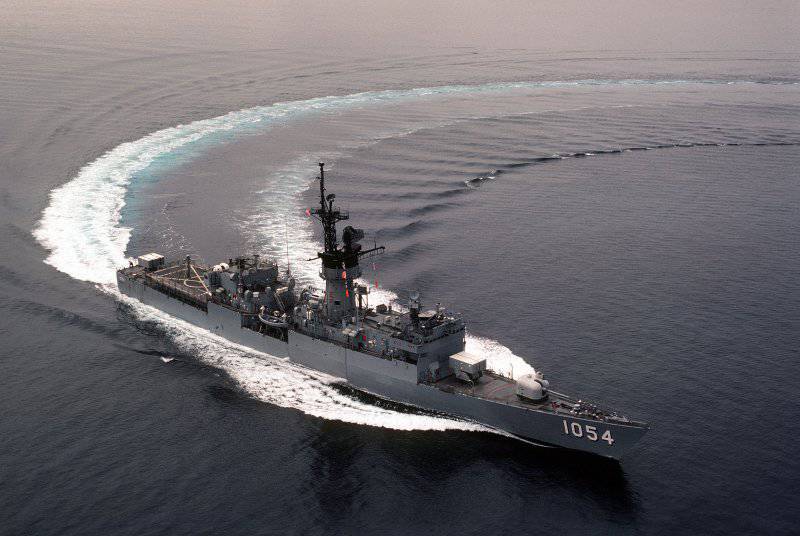
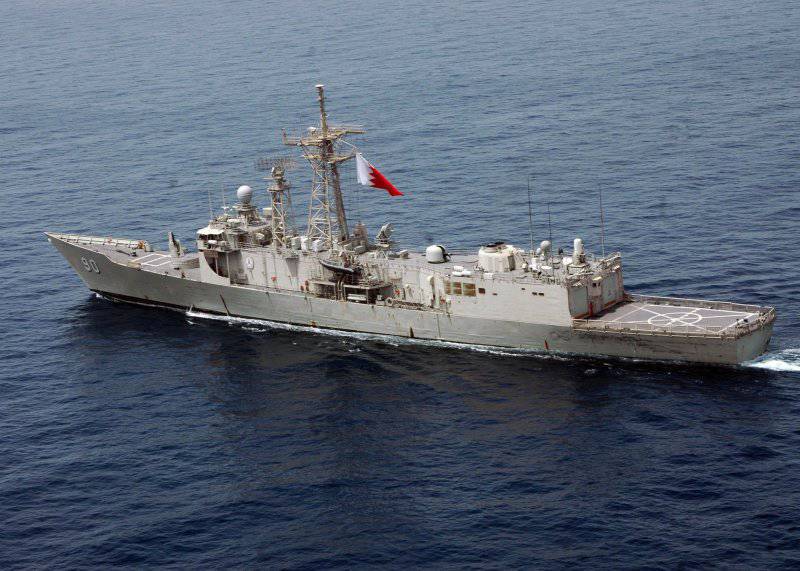
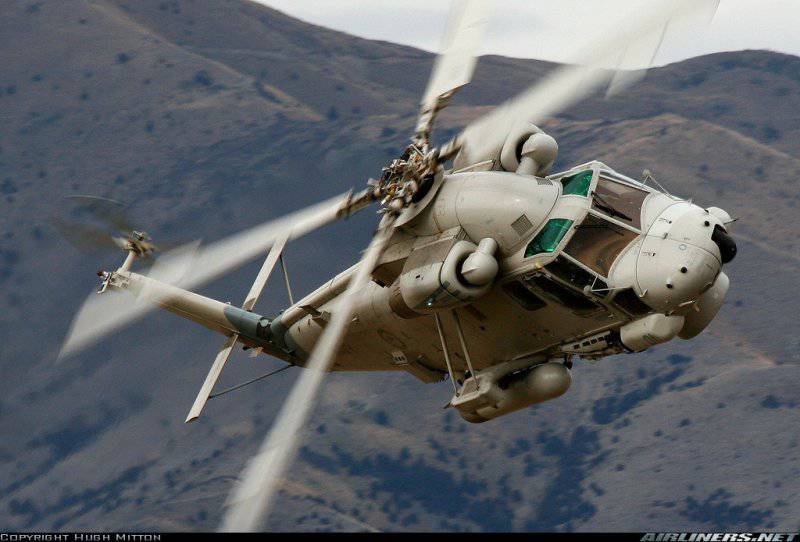
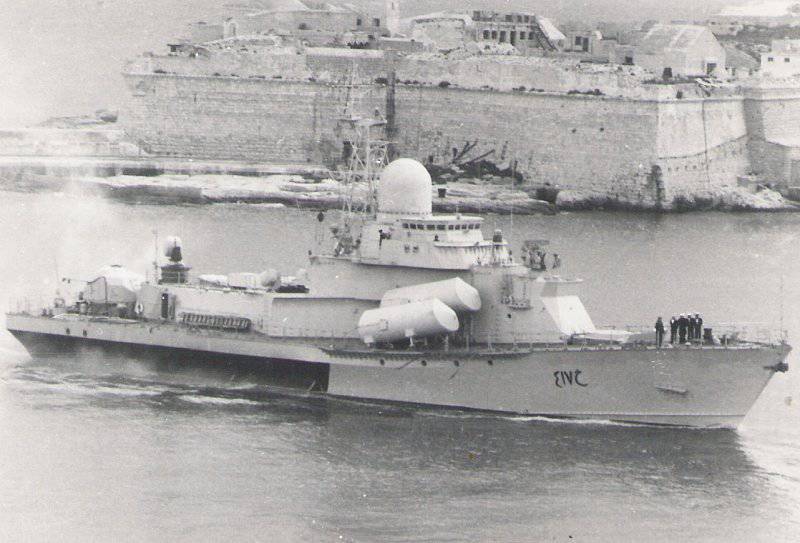
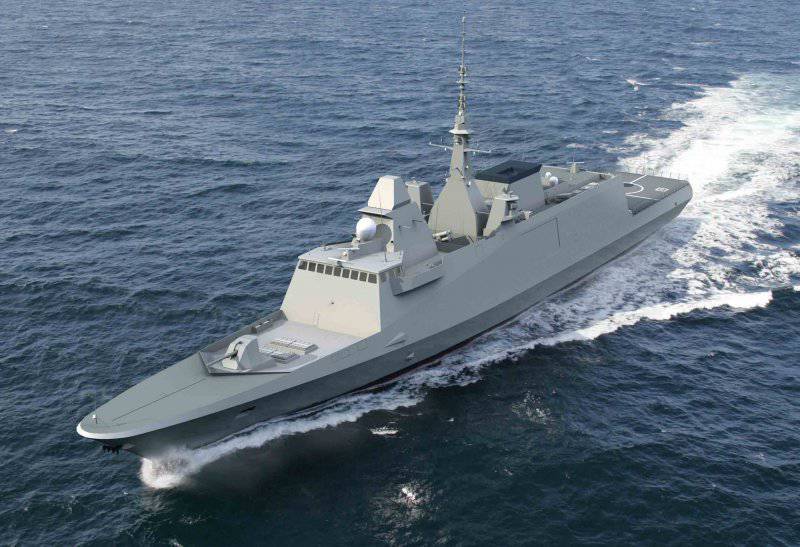
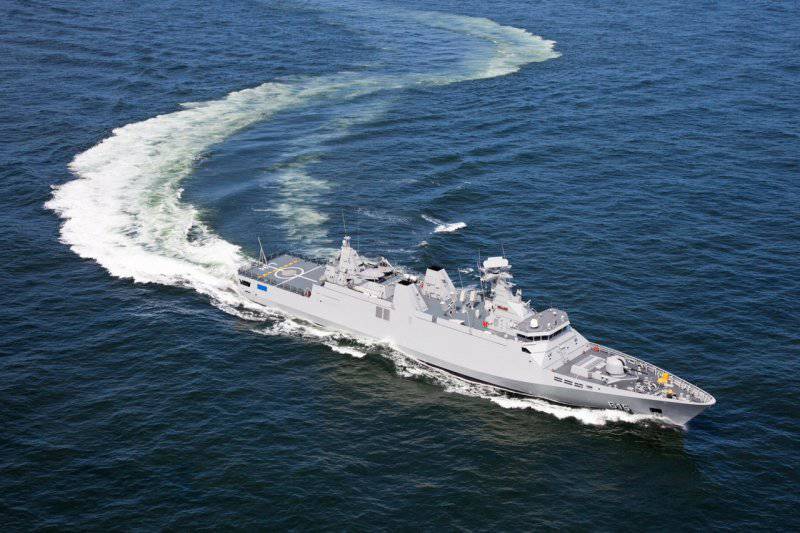
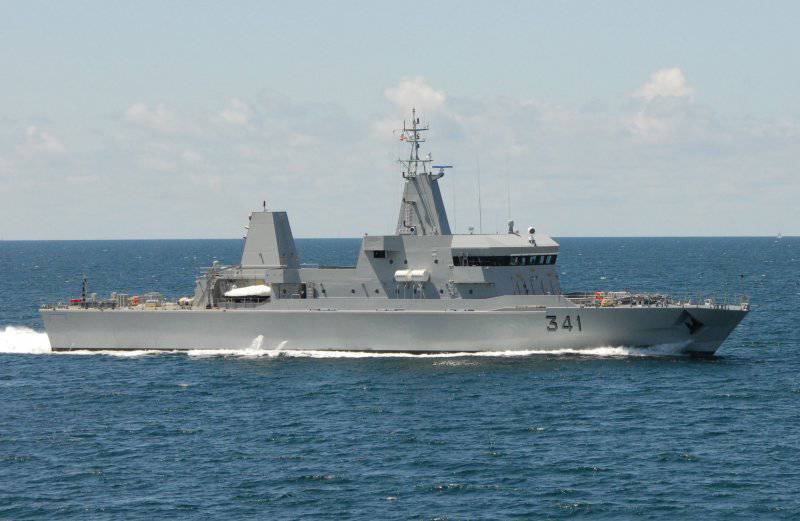
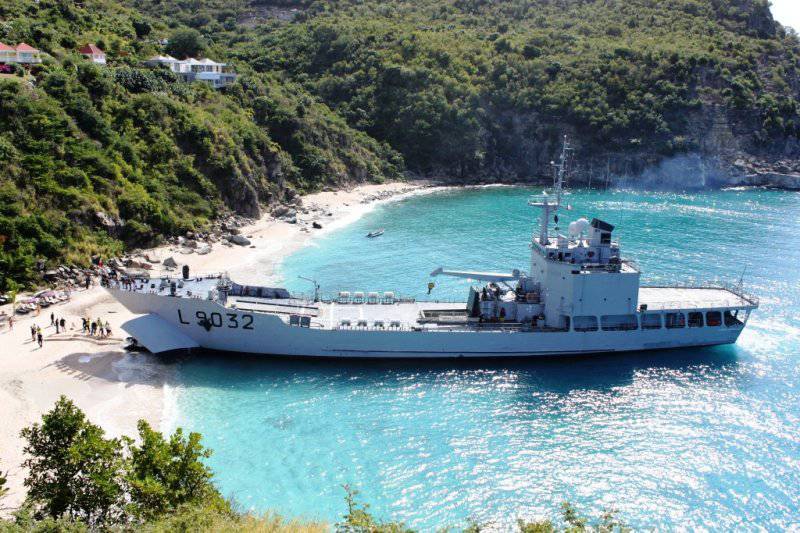
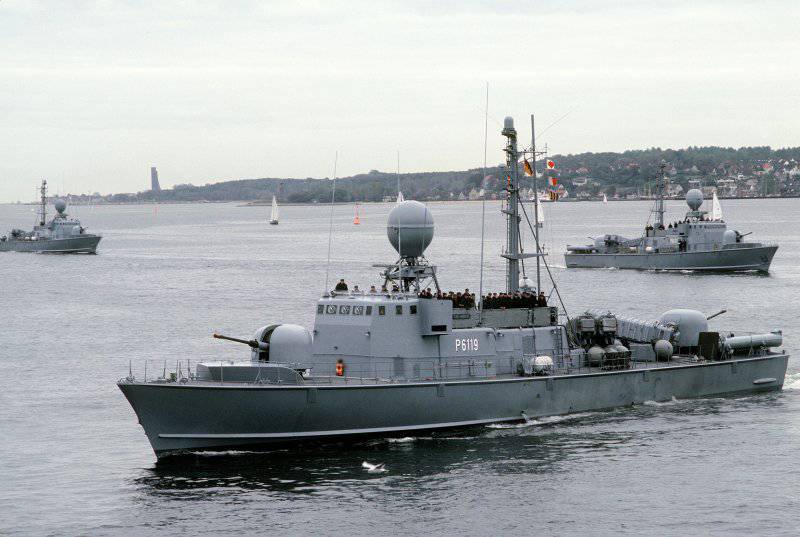
Information